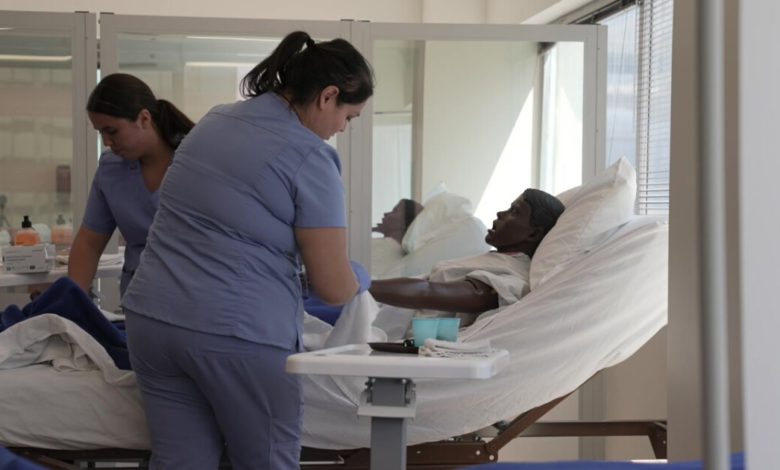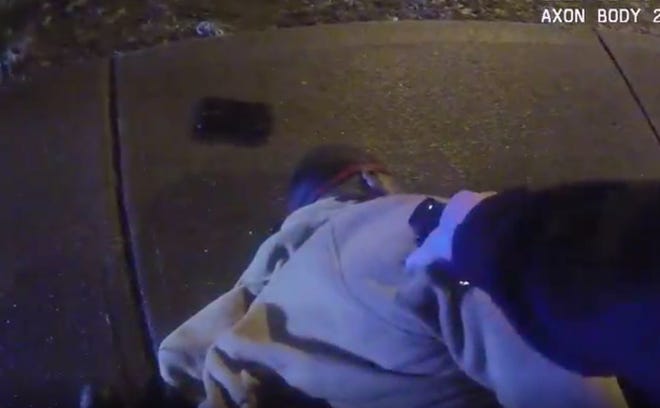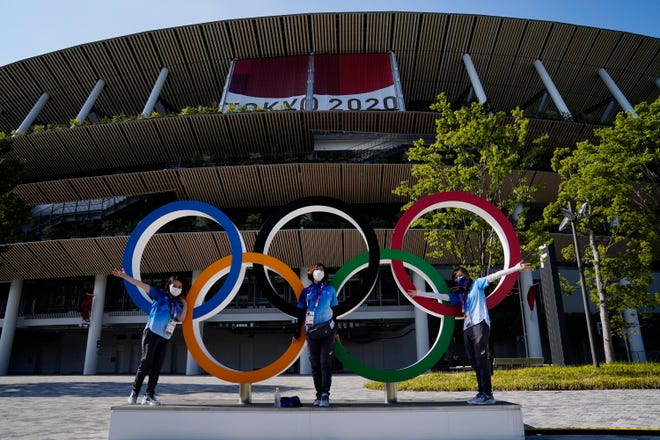
DENVER, Colo. — The pandemic exposed just how deep racial inequities across the health care industry are, but how do we fight that? For students and staff at Emily Griffith Technical College, it starts with training.
“We don't get to pick and choose who our patients are. We take care of all human beings, respect their heart, their soul, their culture, where they come from, what their place in life is,” said Lauren Law, a nurse and instructor at Emily Griffith Technical College.
This year, her classes are addressing racial inequities in healthcare more closely than ever before. This school is one of few in the nation training its students using manikins of color.
“It's different when you assess a Black person or person of darker skin,” said Law of why the manikins are necessary. “Your coloring, your bruising, your discoloration, illness, signs of illness, signs of assessment, it's going to look different. You won't know it unless you see it on a manikin and then you go out into the community and take care of those folks.”
A grant from the HCA Healthcare Foundation helped purchase the manikins and fund special training. Dr. Genene Duran, the dean of Health Sciences Administration, said these mannequins are just the start of bringing more equity to healthcare.
In addition to using the manikins, staff members also received 25 hours of training to recognize and fight bias in healthcare. Their training is then passed to students, so the next generation of health care professionals focuses on treating patients in a culturally sensitive way and in a way that recognizes the challenges patients of color disproportionately face.
“I would really hope that this is not something that's a novel idea, but something that becomes standardized practice,” said Duran.
Duran said making this training standard nationwide could be one step forward in solving bigger inequities.
“We know that in maternal health, Black women are disproportionately affected and that they die at higher rates,” said Duran. “We know that environmental health Black people are disproportionately affected as we are dealing with asthma at higher rates. There are just so many different situations as far as social determinants of health and health disparities that people of color are disproportionately impacted, and if we could start the conversations about them, then we could bring about the type of change that is necessary.”
Studies by the American Heart Association found that patients of color waited longer in emergency rooms than white patients. Hispanic patients waited the longest, with an average of 99 minutes of waiting compared to 71 minutes of waiting for white patients.
For Native American student Jaia Blackbear, embracing equity will not only help her better care for her patients, but it’s also helping her succeed in school.
“I think it's very important when you come into a classroom that's diverse, you don't feel intimidated; you feel comfortable, you feel relaxed and like understand that, ‘I can be somebody, and I can be great regardless of the color of my skin or my background,’” said Blackbear.
Blackbear is training to become a registered nurse.
“I definitely feel like this is my calling,” said Blackbear, who is already working in a nursing home taking care of seniors. “I'm Native American, and in my culture, it's very important that we take care of our elders, and the same love I give my own grandparents is the same love I give the residents that I'm around.”
Blackbear said she feels confident that the way she is learning to care for patients at this school will make her a better nurse, and she said she hopes one day, this will be the way everyone gets trained.
“It just helps you build that bond with your patient and your resident or, you know, my classmates, my instructor,” said Blackbear of the culturally competent training. “It just makes the learning process more fun and not so much like hard work, but it makes you want to learn instead of feeling like you have to.”
“It's really important that students of color see representations of people that look like them in the classrooms, manikins that look like them as they're practicing to become practitioners, as well as when they get into the field,” said Duran.
With inclusion in mind from the first day of training, the leaders at this college and their students know that in the years to come, healthcare can become a place where equity comes first.








